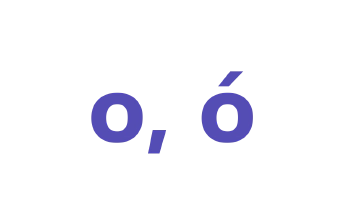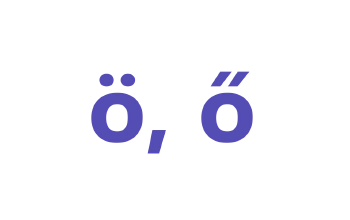Formant maps
The characteristic formant movements (F1, F2, F3) of Hungarian 9 vowel types can be studied on 9 images. Each image contains 36 formant maps (all combinations of the C-Vowel-C sequences for one selected vowel). The formant movements plotted in red were obtained by averaging the formant frequency values of 9778 vowels of a speech databse. The measurements were done at 5 inside points (10%, 25%, 50%, 75%, 90%) of each vowel. A quadratic polynomial was fitted to the means, and these curves can be seen on the 36 formant map pictures of the images. The x axis of the pictures showes the time, normalized to a common value, the y axis shows the frequency in Hz. The frequency axis grid lines mean 500, 1000, 1500, 2000, 2500, 3000, and 3500 Hz. A number in brackets shows the occurrence of the given vowel in the given consonant environment in the database. The articulation place of the consonant preceding the vowel can be read from the row name, the one following the vowel from the column name. The abbreviations for the articulation places of consonants are:
- BL: bilabial (b, p, m)
- LB: labiodental (v, f)
- DA: dentialveolar (d, t, r, n, z, sz, l, dz, c)
- AL: alveolar (zs, s, je, cs)
- PA: palatal (ny, j, gy, ty)
- VE: velar (g, k)
Vowels and consonants are denoted by Hungarian letters.
Every formant map collection image contains 36 formant map. Vowels on the image are given by their SAMPA symbols on the upper left corner of the image. The 9 images containing the formant maps for Hungarian CVC relations are as follows.
Click on the selected vowel!








